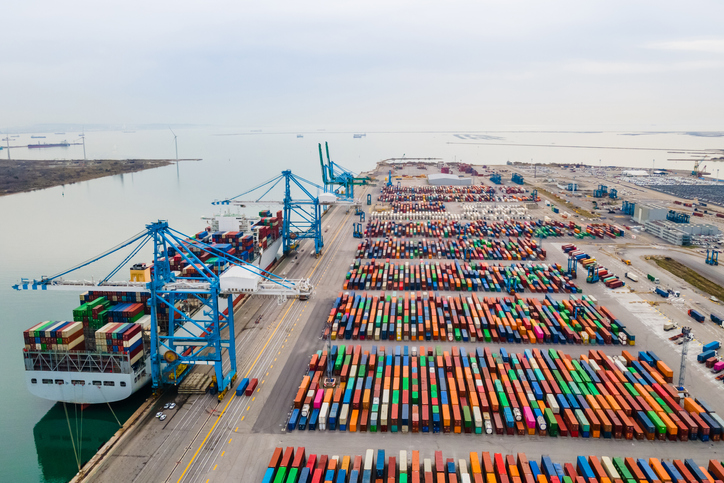Supply-chain officers have several risks that regularly need to be assessed—many of which can be evaluated by leveraging digital technology. One such example is the risk that climate change poses to our supply chain. Many realize climate change risks are materializing and are beginning to identify what this means for supply chains.
While there are perhaps too many risks to name, some include the impact of rising sea levels on transportation and the influence of increasingly extreme weather on all industries, just to name a few. From wildfires threating lumber to hurricanes barraging seaside industries, the effects are wide and vast. All in all, this will lead to rising costs for supply chains that are already facing detrimental shortages.
Still, trying to pinpoint risk for each business isn’t an easy feat. This is what Gartner uncovered in a recent survey of 320 supply-chain leaders between December 2021 and January 2022. The analyst firm discovered 27% of chief supply-chain officers have conducted a climate change risk assessment and 18% conduct both risk assessments and scenario planning.
And simply there is no surprise that the results reveal the biggest challenge here is climate change is a bit of a nebulous risk. Roughly 44% of respondents have a general sense of potential climate change risks based on previous events. This means they understand climate change risks are materializing, but those risks are not methodically identified or quantified. Only 11% do not consider climate change a future risk at all.
Climate change must be taken into consideration when making long-term decisions. Gartner gives the example if building a new manufacturing plant, design considerations should be made for future climate change threats such as heat waves or water shortages. However, the need for financial investment can dissuade action.
As such, the top hurdles to planning for climate change in the supply chain include a focus on short-term decision making and an inability to link the cause and investment to the benefits. Perhaps this is where technology can enter the equation.
Few to this day are using technology to assess climate change risk. In this particular survey, only 19% are applying digital technology in any measurable manner to help understand climate change risks. Of those organizations that are employing technology, the majority are using predictive analysis.
So, if I am digesting these numbers correctly, a large majority understand climate change poses a significant risk to today supply chains. And we all can agree our supply chains can use a little collaborative support. But few know exactly how to achieve success when it comes to making the correct move in this direction. Are we all on the same page here? There are so many opportunities and tools at our disposal to do scenario planning. Drones, AI (artificial intelligence), DT (digital twin) geospatial analysis, and more to help model scenarios for what might happen.
When we really think about it, it doesn’t make much sense that we aren’t taking advantage of all the innovative tools at our disposal. We need to make a big change now if we want to minimize this particular risk to accelerate our supply chains. I am not sure we can wait to see what could potentially happen in the future. If we do, the impact could potentially be even devastating than what we have already experienced.
In my book Sustainable in a Circular World, I envision a future where we stop taking and wasting and we look at designing and regenerating our ecosystems. I believe circularity is at the center of this, enabled by digital transformation. Factories will make more money because they are making sustainable goods and providing better services. Supply chains will be enhanced because we will be designing based on needs, not on just wants, and thus we will be freeing up supply chains to work more freely. Less items will be broken and destroyed, as we can focus on the service of delivery and not just the speed. And, as a means of differentiating and growing our business, we will happen to get less waste almost as a byproduct.
I believe if we focus on addressing our climate change risk, we will create a better world for all where we are more sustainable by design and profitable in our businesses. I believe it is simply a matter of time before we start heading in this direction—and sooner rather than later because we are already seeing the effects on our ecosystem every single day.
Want to tweet about this article? Use hashtags #IoT #sustainability #AI #5G #cloud #edge #futureofwork #digitaltransformation #green #ecosystem #environmental #circularworld


